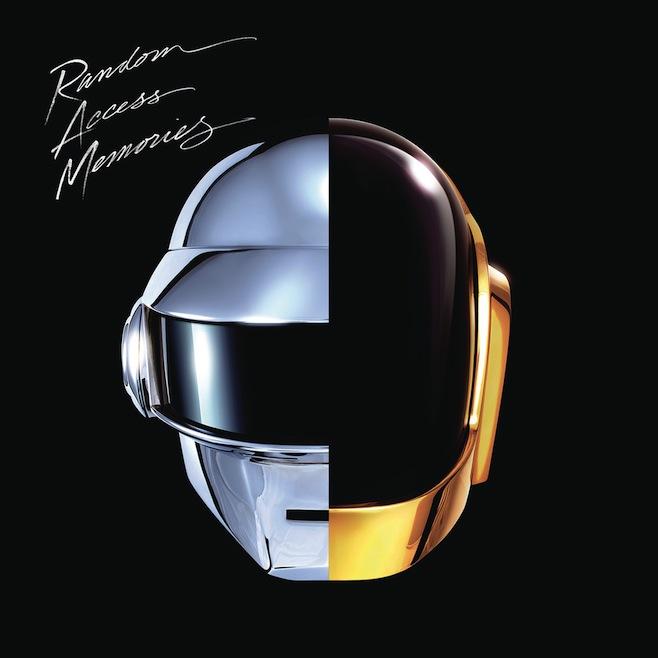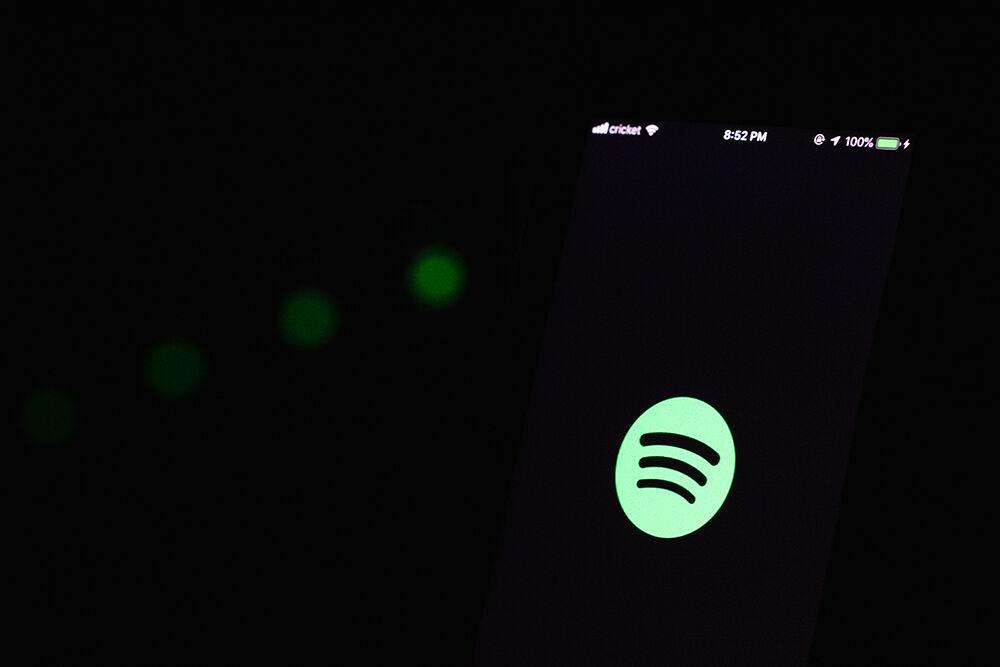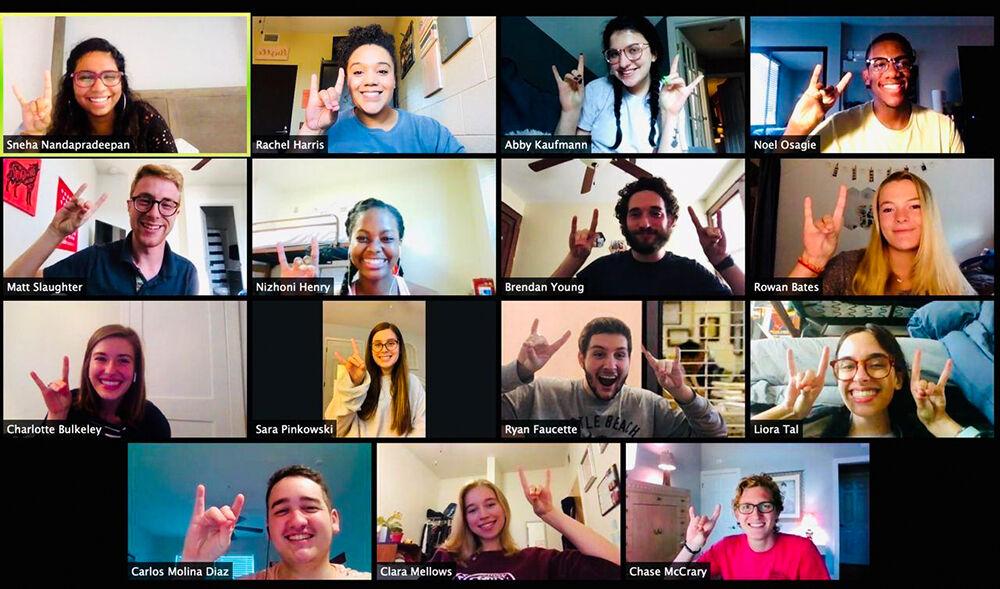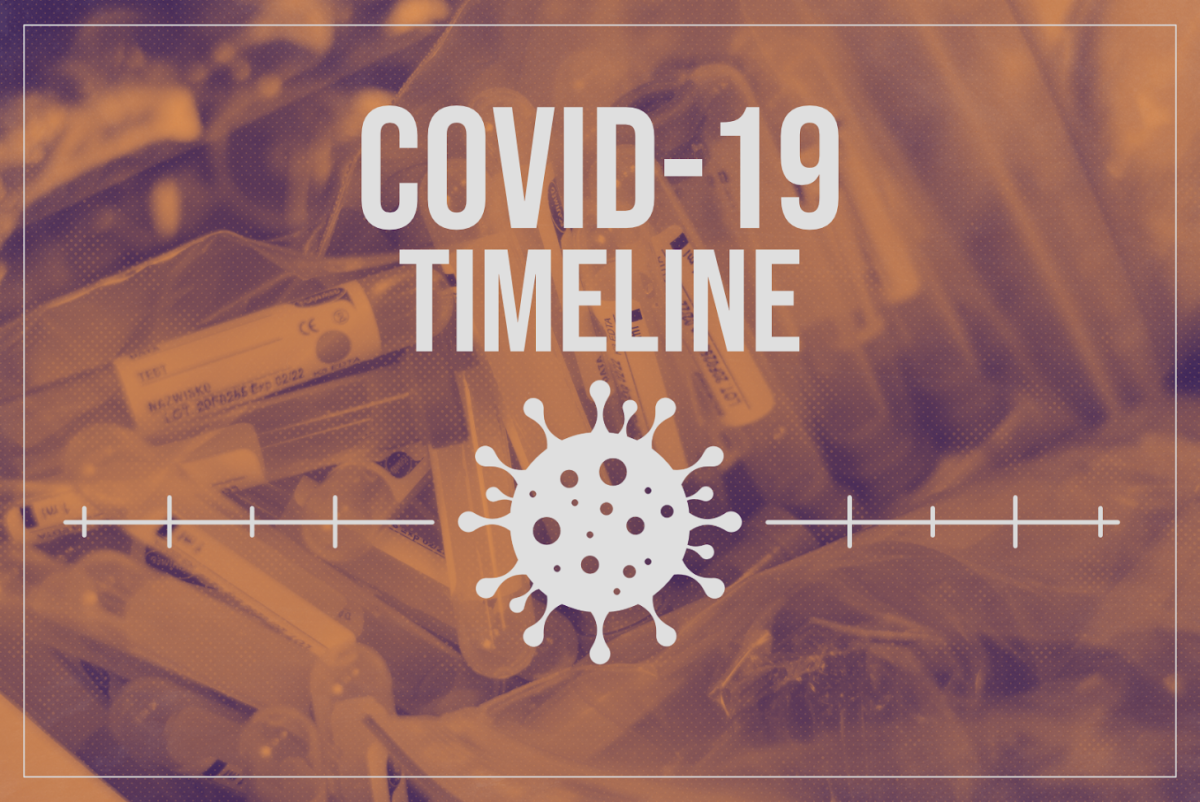8 out of 10
Who better to breathe life back into electronic music than two robots from outer space? At least, that’s what Daft Punk seems to believe. Thomas Bangalter and Guy-Manuel de Homem-Christo—collectively Daft Punk—are heralded as robotic icons in the musical world who have transcended norms for the last two decades.
From the duo’s pumping French-house of the early 90s with Homework to an animated film that followed the duo’s quest to be Human After All, the group has always shoved expectations aside and made art that stirs up the cultural pot. The robots continue this theme in a manner that no one expected on Random Access Memories, the duos latest release.
Random Access Memories has been one of the most heavily hyped albums in recent memory, and until Kanye pulled his “New Slaves” debacle—an uncensored Saturday Night Live performance—last week, it was the most creatively hyped as well. Gone were the countless tracks leaking day-by-day; instead the group turned to an older form of promotion with television spots and 60 second clips that left crowds salivating and begging for more. Random Access Memories chronicles Daft Punk’s self-described goal to “ bring life back to music,” as it reignites the disco flame that originally kicked off the Electronic Dance Music craze so long ago.
The musical landscape today isn’t that different from 1997, really, as EDM has snowballed into an uncontainable entity that bleeds into Top-40s and independent music alike. Daft Punk recognizes its place within this genre and instead of embracing its role as the robotic overlord of this glitchy, computer-based genre, the group instead seeks to bring the groove back to dance music through a new-aged Donna Summers tinged blend of blissful disco, house and soft-prog. Enlisting equally iconic musicians such as Nile Rodgers, Pharrell Williams, Panda Bear and electronica’s godfather Giorgio Moroder, Daft Punk explores massive electronic soundscapes via analog instrumentation.
Random Access Memories is aptly titled too—the lyricism evokes hazy memories filled with the vague nostalgia of instant crushes and places long forgotten, ranging from the vocoded soft-rock ballad, “Within,” to tight-grooving, “Fragments of Time” that reminisces on days of youth played back through a faded lens.
But just because Daft Punk gets all sad and introspective doesn’t mean it can’t get equally funky. The lead-single, “Get Lucky” is one of the most bombastic dance tracks in recent memory. Infectious disco-inspired guitar riffs serve as the foundation for Pharrell’s falsetto croon that glides along with finesse and precision, but slowly bleeds into the vocoded robotic vocals we’ve come to know and love from Daft Punk.
Tracks like “Lose Yourself To Dance” are equally tantalizing and lean towards the slower, groove based rhythms of the disco realm. Pharrell beckons listeners to wipe your sweat off with shirts and lose yourself to dance, which isn’t hard to do with these deliciously funky songs.
While Daft Punk shined a light upon the genre that made EDM possible, it went above and beyond what many could have expected from a nu-disco album. Plenty of musicians combine house music with the 80s dance craze, but few do it with the amount of innovation of Daft Punk.
Rather than sample the musicians who’ve inspired them, Daft Punk opted to bring them to the studio and flesh out their eclectic tastes to suit their robo-disco needs. All of the collaborations feel fluid— “Instant Crush” feels like a perfectly synthetic Strokes song with Casblancas’ vocoded vocals that stand tall alongside the electronic duo, while Panda Bear brings a more organic approach to the sleek dance track, “Doin’ It Right.”
But it all comes back to their album-opening mantra of “letting the music of your life bring life back to music.” Has Daft Punk revolutionized the EDM genre once again? Probably not. However, Random Access Memories does serve some grander purpose—it provides the world with yet another self-contained piece of dance music mastery from two of the finest in the genre.
Daft Punk have returned with an invigorating piece of music that is far-reaching enough to feel like a bold leap forward for the band while maintaining enough of their pulsing electro-jams to not feel completely foreign to fans of their older style














